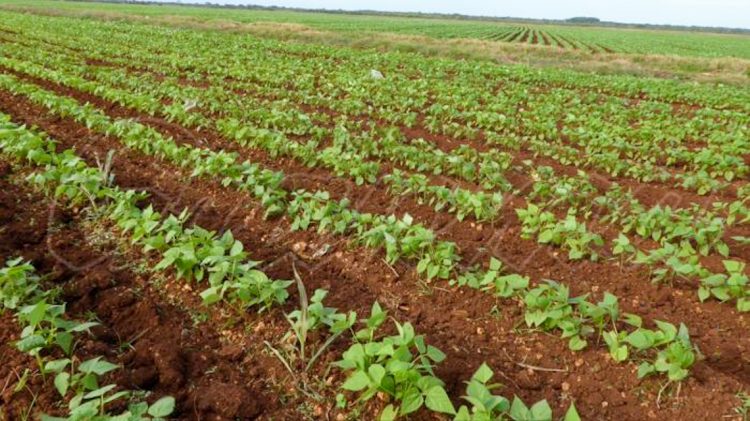Cuba will produce only 7,000 tons of beans in 2020, which represents just 10% of the annual demand on the island, said the head of the department of various crops of the Ministry of Agriculture (MINAG), Yojan García, quoted by the official media.
Of the planned 46,000 hectares planted to beans this year, the number dropped to 23,500, of which more than half were affected by a lack of fertilizers and pesticides, and 7,500 were completely devastated by a pest, the Agencia Cubana de Noticias news agency reported.
García explained that only 8% of the sown quantity received fertilizers, while pesticides reached just 16%, which added to the appearance of the bean flower thrips pest affected yields of 1.15 tons per hectare to only 0.6.
The official attributed the deficit in bean production to the decrease in the level of diesel and the lack of inputs, fertilizers and pesticides, caused by the “intensification of the U.S. economic, commercial and financial blockade” against the island.
The MINAG official reported that to alleviate the shortage of the product so demanded on the table of Cubans, “a considerable level of cowpea beans (Vigna unguiculata), better known as carita, a purely spring legume much more resistant to thrips, was planted.”
As part of the spring campaign, a portion of the 8,500 hectares of that variety planted on the island is already being harvested, according to the source.
Cuba is also looking for alternatives with the introduction of chickpea cultivation this year, “which responds well to drought conditions and can therefore be planted in areas that don’t depend on irrigation,” García said.
Due to the facilities it offers, as it is a more rustic species and resistant to pests and diseases, the island conceived a program to plant 10,000 hectares of chickpea in 2024.
The annual demand for beans on the island amounts to 70,000 tons, although in the last three years a little more than 51,000 have been produced, a figure that will be far less in 2020. This situation already translates into a visible lower supply in the unsubsidized stalls and an increase in its price in the informal market.









